
The first interaction sets the tone for the entire experience — get it right, and you’ve hooked your users from the start. So as a UX designer, you need to know how to put the primacy effect of UX design to good use.
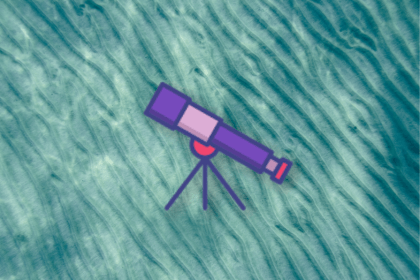
Combat marketing myopia by observing market trends and by allocating sufficient resources to research, development, and marketing.
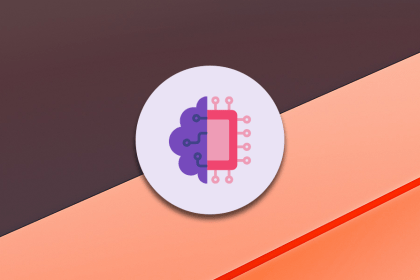
Can a product succeed without embracing AI, or does it risk being left behind? Let’s discuss ways to integrate AI in your product strategy.
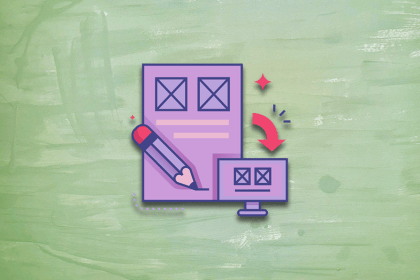
Let’s talk about how to find the right balance when implementing valuable AI into products without impeding human creativity.

Because AI has become increasingly integrated into our society, it’s important that you ensure AI operates fairly and transparently.

Turbopack is a next-generation incremental bundler optimized for JavaScript and TypeScript. Let’s explore why and how to adopt it.

Joel Meyer talks about how to make product management work for you by modifying frameworks and roles for your team.

Adam Cardarelli highlights the importance of deeply understanding the customer and creating awe-inspiring products that truly delight them.
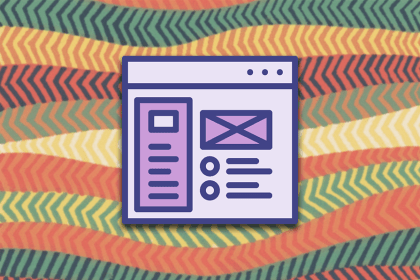
The serial position effect and its concepts are critical for effective UX designs. They help designers understand the limitations of […]

Brian Root talks about how product development differs in a loss-averse environment, such as insurance tech.
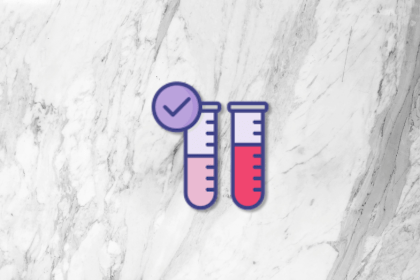
Product testing evaluates a product’s performance, safety, quality, and compliance with established standards and set goals.

Isabel Petty talks about her career path and offers advice on how to evaluate if a role in product is right for you.